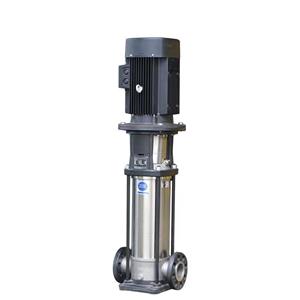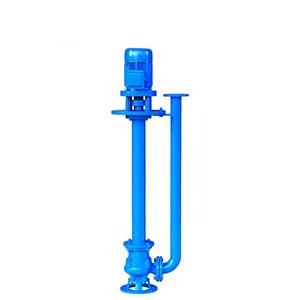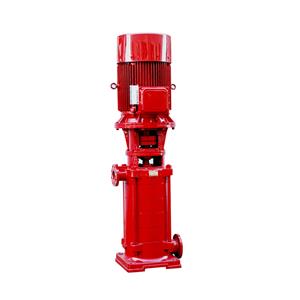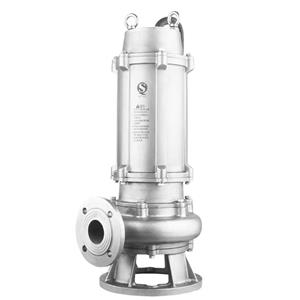Company news
-
The world of industrial pumps has witnessed remarkable technological advancements in recent years, which have significantly enhanced their performance and capabilities. One of the most notable innovations is the use of advanced materials in pump construction. Materials such as high - grade stainless steel, composite polymers, and ceramics are being increasingly employed. Stainless steel offers excellent corrosion resistance, making it ideal for pumps used in chemical and marine applications. Composite polymers are lightweight yet strong, reducing the overall weight of the pump while maintaining its durability. Ceramics, on the other hand, are extremely hard and wear - resistant, which is beneficial in pumps handling abrasive fluids.
-
Industrial pumps are engineered to deliver exceptional performance, and several key metrics define their capabilities. Flow rate is one of the most fundamental parameters. It refers to the volume of fluid that the pump can move per unit of time, usually measured in gallons per minute (GPM) or cubic meters per hour (m³/h). A high - flow - rate pump is essential in applications such as large - scale water supply systems, where a substantial amount of water needs to be distributed to meet the demands of a city or an industrial complex.
-
Selecting the right medium for a low - temperature coolant circulating pump involves more than just considering technical aspects; a comprehensive cost - benefit analysis is also essential. This analysis helps in making a decision that not only meets the cooling requirements but also optimizes costs over the long term.
-
When choosing a medium for a low - temperature coolant circulating pump, safety and environmental factors are two aspects that cannot be overlooked. They play a crucial role in ensuring the well - being of operators and the sustainability of the environment.
-
Ensuring compatibility between the medium used in a low - temperature coolant circulating pump and the equipment it serves is of utmost importance. Incompatible media can lead to a variety of problems, from reduced performance to severe damage of the equipment.
-
The performance of a low - temperature coolant circulating pump is highly dependent on the characteristics of the medium it circulates. Different media exhibit distinct properties that can either enhance or impede the pump's functionality.
-
1003-2025
Medium Selection for Low - Temperature Coolant Circulating Pumps Based on Temperature Ranges
The selection of the medium for a low - temperature coolant circulating pump is a critical aspect that significantly impacts the performance and efficiency of the entire cooling system. Different applications demand specific temperature ranges, and choosing the appropriate medium is essential to meet these requirements.
-
In the complex and dynamic industrial landscape, the standard - issue industrial pumps that are engineered for general - purpose applications often fall short when confronted with highly specialized operational demands. These unique requirements can stem from a variety of factors, such as the nature of the substances being pumped, the specific patterns of fluid flow needed, or the precise environmental conditions of the industrial setting. In such cases, custom - designed industrial pumps emerge as the only viable solution to ensure seamless and efficient operations.
-
In the diverse world of industrial activities, pumps play a pivotal role in fluid transfer. Standard pumps are engineered to handle common operational scenarios, but there are instances where unique conditions demand custom - built solutions. Unusual operational conditions often pose challenges that standard pumps cannot adequately address, making custom industrial pumps the go - to option.
-
Industrial processes are as diverse as the products they produce, and each process often has unique requirements for fluid transfer in terms of flow rate and pressure. While standard industrial pumps offer a range of capabilities, there are numerous situations where the specific flow and pressure profiles of a particular operation can only be met with custom - designed pumps.




